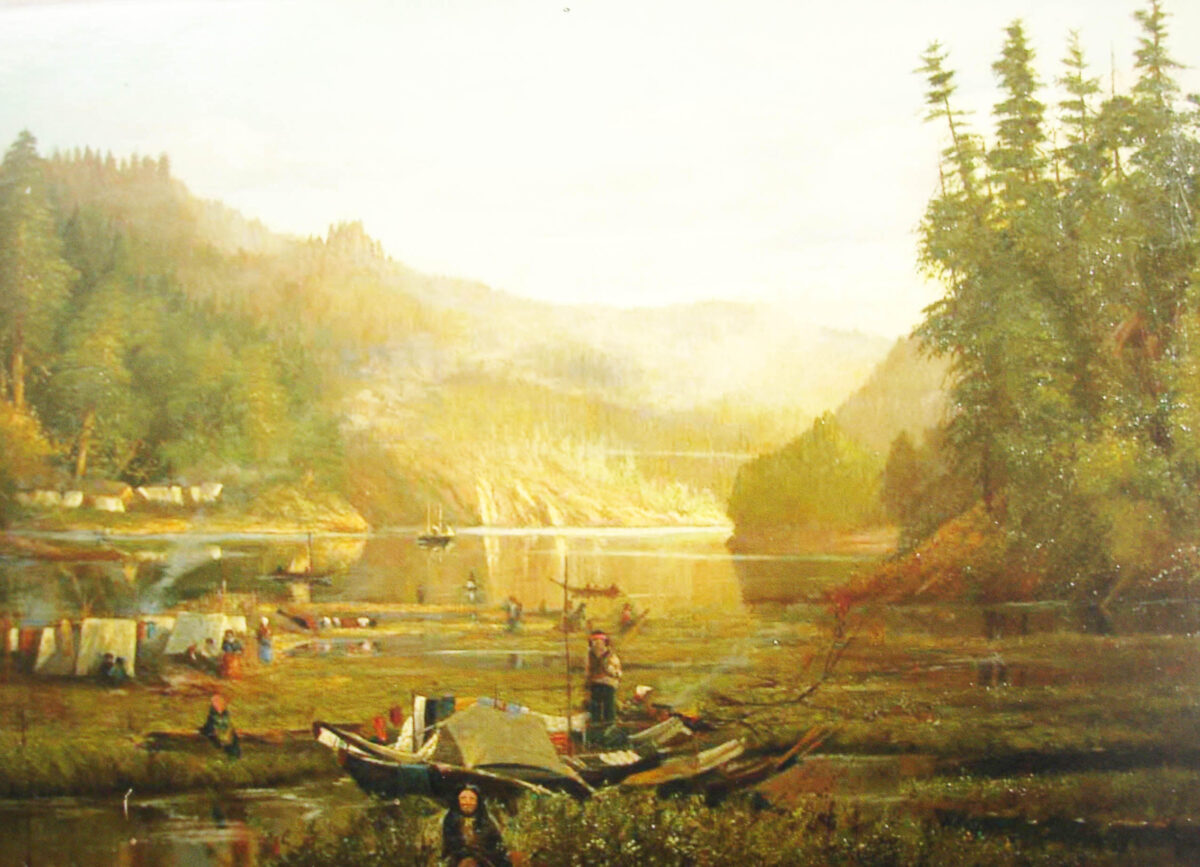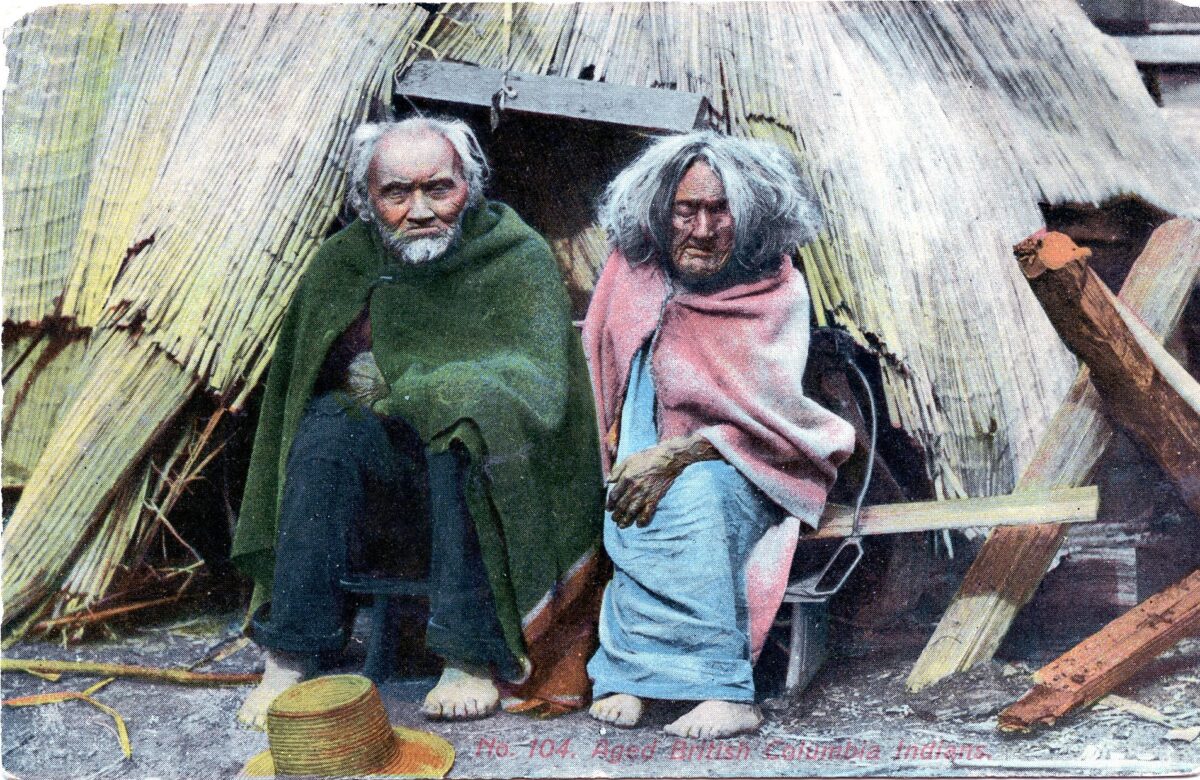
Introduction A period of Destruction and Realignment The W̱SÁNEĆ, Tommy Paul, referred to an epidemic that devastated his people six generation before him: “That terrible sickness. It is true. It belongs to the story of my Chilangwin” (Lugrin 1931). Elders told the story of “Kwalarhunzit” who began his training as a warrior at 13 years of age after “a terrible epidemic of smallpox had just decimated the Saanich Indians and crippled their resistance to the raids of their enemies. …His first fight was against some southern natives who were visiting relatives at the big settlement near Sidney”. At this time there was a village of people on Mayne Island who invited Kwalarhunzit to a deer hunt but ended up fighting … Continue reading “W̱SÁNEĆ (Saanich) Fishing Camps on the Goldstream River Delta”












